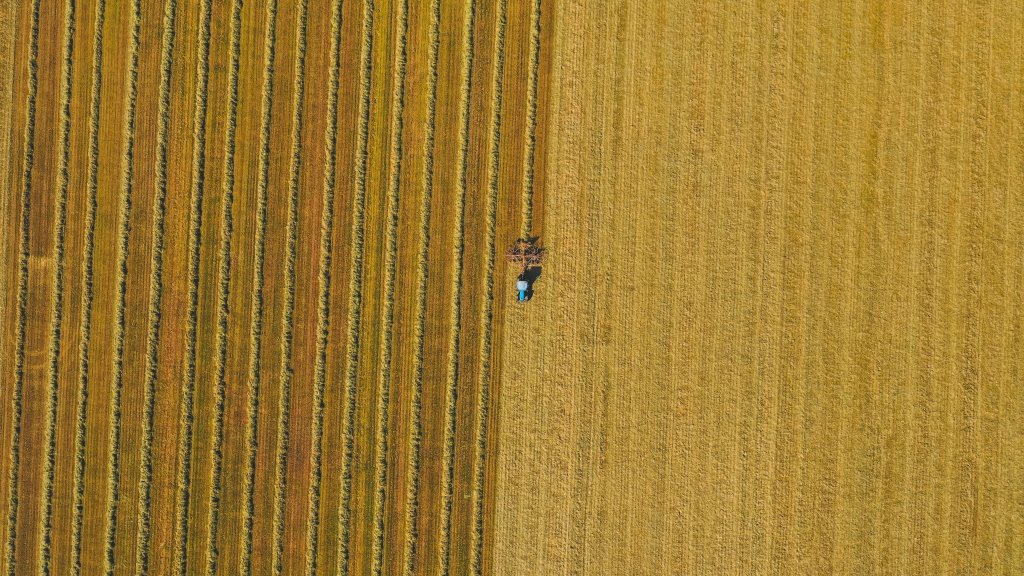When commentators talk about KPIs, or “key performance indicators,” they’re usually referring to metrics that apply to modern industry. KPIs, as applied to the world of agriculture, however, are conspicuously absent.
When you think about it, this doesn’t make a lot of sense. Farms and other related enterprises are just as sensitive to the price mechanism as anyone else. If revenues tumble and costs rise, agricultural companies go out of business. It’s that simple. They need to concern themselves with their own performance, just as much as anyone else.
Of course, this doesn’t anyway happen. Farm managers often engage in guesswork about their performance or get feedback once per year when they do their accounts. They don’t have the same continual drip feed of data that you find in other industries. It’s a problem. Farming needs to become more data-focused.
Examples of agriculture KPIs
While the total number of agricultural KPIs is too extensive to list here, it’s worth looking at a few examples of the types of metrics that the industry likes to monitor, if it does.
- The yield of stock. Agricultural businesses have a limited supply of resources, be it land or bildings to house livestock. The yield of stock is an attempt to measure how efficiently you’re using the assets available to you. It tells you, for instance, the number of bushels of corn you grow on a particular acre, or the number of heads of cattle you can rear in your existing sheds. Lots of factors can affect yield, including your rearing processes, the weather, and natural disasters.
- Wages to revenue. Ideally, you want to generate more revenue per dollar spent on salaries compared to your competitors. This metric will tell you if you’re employing people to real effect or not. The more income that you can generate per dollar spent on wages, the more productive your people are.
- Feed and water consumption. Feed and water are significant and costly farm inputs. The more you can minimize these without damage to production, the more profitably your farm will be.
Why use KPIs in agriculture?
We’ve touched briefly on why farmers should use KPIs, but here we’re going to delve a little further into the rationale. KPIs provide essential insight that no agricultural business should be without.
Increase productivity and profit
KPIs are essentially, just a form of feedback. They tell you what you’re doing right and where you’re going wrong. They’re vital pieces of information that let you know whether changes you’re making on the ground have a positive impact or not.
You can probably see where this is going: the more feedback you have on operations on your farm, the more you can tweak them. And the more that you can tweak them, the more profitable and productive they can be. It’s a virtuous circle.
The effects on productivity can be remarkable. You could, for instance, set up an experiment. One year, you might choose to use a particular type of fertilizer on your corn and then the next year a different sort. You could then use KPIs, like the yield of stock, to tell you whether you which system performs better.
Save time on your agriculture program
Time is a significant constraint on agricultural businesses. You only have a certain number of hours in the day to get everything done. KPIs, however, can help save time on your agriculture program. You can use them to figure out where you should be diverting your resources and which areas are the most productive. You can also use them to tell whether some of your programs are unprofitable and if you should close them down.
Knowing how you’re spending your time and whether it’s generating significant revenue is worth knowing. Sometimes it’s not worth engaging in particular activities because the marginal benefit to your business is minor. Similarly, you may find that there are some aspects of your enterprise where you’re dedicating too little labor, and it’s coming back to bite you. For instance, you may have decreased the time you spend on animal hygiene which may have led to a decrease in livestock quality and issues with disease.
Make more informed business decisions
Operating within the confines of reality is important. You want your business decisions to reflect the conditions you face in the real world, not what your thoughts might tell you should be correct. Agricultural businesses, just like everyone else, are prone to making decisions that are not optimal when not based on evidence.
KPIs, however, tell you something about the state of your operations. KPIs are measurements like you’d have in a scientific experiment, informing you about whether your practice is valid or not. If your KPIs are weak, they’re telling you that you’re doing something wrong.
What’s more, KPIs are dynamic in the sense that you collect data and follow them over time. If one month your yield per stock is riding high and then the next it’s crashing; there’s a good chance that something changed. What was it? And can you fix it?
KPIs let you make more informed business decisions too. You can use them to see whether it’s viable to employ new people or grow a different kind of product. It can sometimes be difficult for agriculture businesses to know whether a change of focus is profitable and making good use of their existing assets. KPIs go some way to answering the question, showing farmers whether their decisions are making them more money than before or not.
Farming is a tricky business to be in: margins are razor-thin, and taking risks is challenging. You don’t want to hamstring your capacity to make money in the future. Collecting data and tracking KPIs, however, can help considerably. The more data you have at your fingertips, the better able you are to truly know your firm, make more money and put into place better management decisions.
